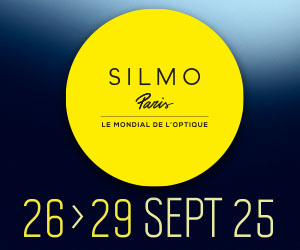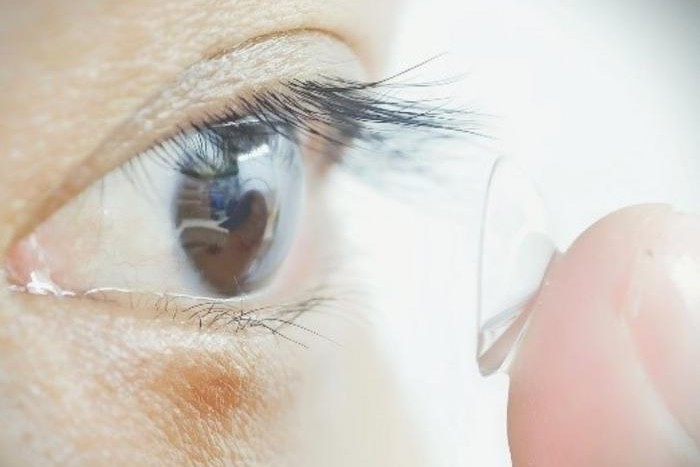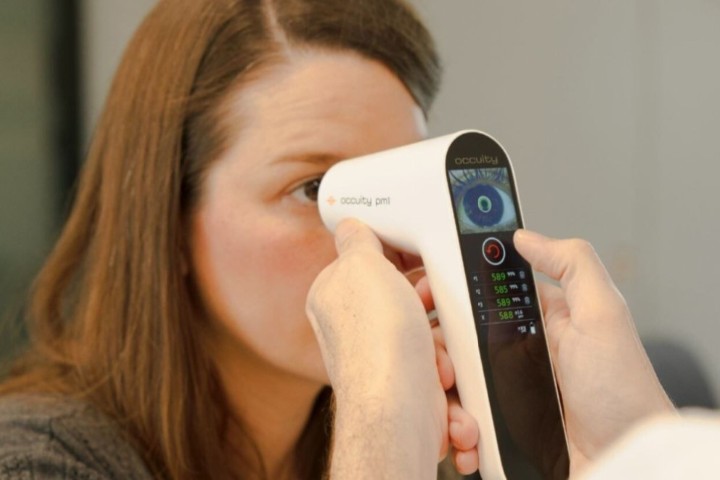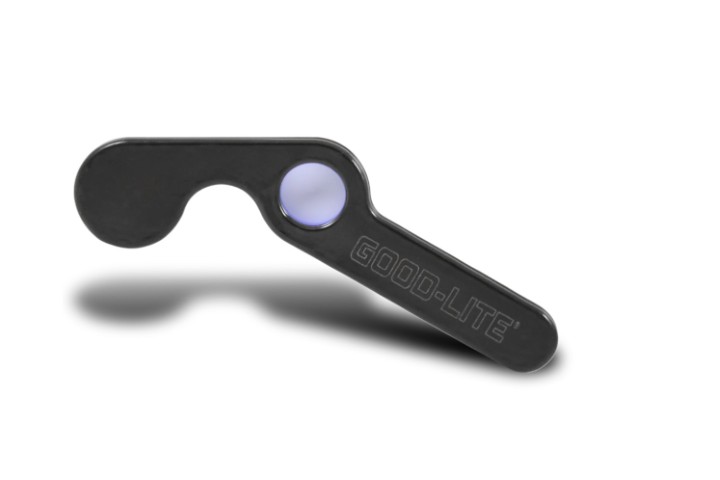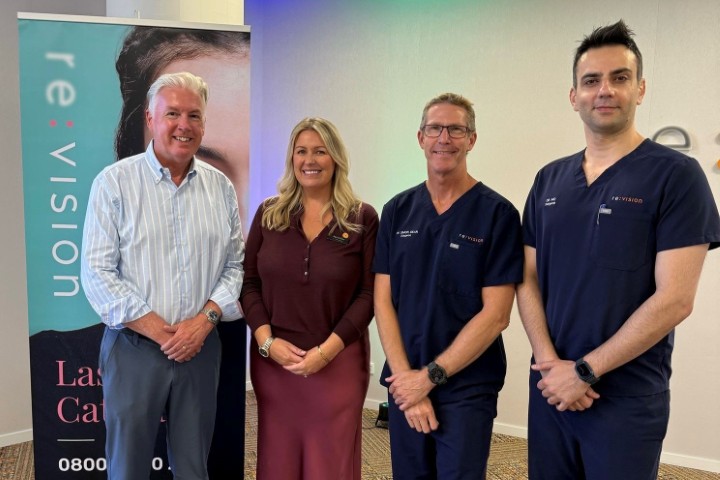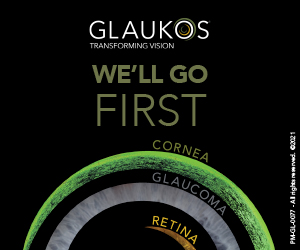Infrared CLs give wearers ‘super vision’
Converting infrared light into visible light, scientists have created contact lenses (CLs) enabling infrared vision in both humans and mice.
Unlike infrared night-vision goggles, the CLs, described in the journal Cell, do not require a power source and enable the wearer to perceive multiple infrared wavelengths. Because they’re transparent, users can see both infrared and visible light simultaneously, though infrared vision was enhanced when participants had their eyes closed.
“Our research opens up the potential for non-invasive wearable devices to give people super-vision,” said senior author Professor Tian Xue, a neuroscientist at the University of Science and Technology of China. “There are many potential applications right away for this material. For example, flickering infrared light could be used to transmit information in security, rescue, encryption or anti-counterfeiting settings.”
The CL technology uses nanoparticles absorbing infrared light and converting it into wavelengths that are visible to mammalian eyes (eg, electromagnetic radiation in the 400–700nm range). The nanoparticles specifically enable detection of ‘near-infrared light’, which is in the 800–1,600nm range, just beyond what humans can already see.
The team previously demonstrated these nanoparticles enabled infrared vision in mice when injected into the retina. Designing a less invasive option, the team combined the nanoparticles with flexible, non-toxic polymers used in standard soft CLs.
Tested in humans, the infrared CLs enabled participants to accurately detect flashing morse code-like signals and to perceive the direction of incoming infrared light. “It's totally clear cut: without the CLs, the subject cannot see anything, but when they put them on, they can clearly see the flickering of the infrared light,” said Prof Xue. “We also found that when the subject closes their eyes, they’re even better able to receive this flickering information, because near-infrared light penetrates the eyelid more effectively than visible light, so there is less interference from visible light.”
A tweak to the CLs allowed users to differentiate between different spectra of infrared light by engineering the nanoparticles to colour-code different infrared wavelengths. In addition to enabling wearers to perceive more detail within the infrared spectrum, these colour-coding nanoparticles could be modified to help colour-blind people see wavelengths they would otherwise be unable to detect, Prof Xue explained.
“In the future, by working together with materials scientists and optical experts, we hope to make a contact lens with more precise spatial resolution and higher sensitivity,” he concluded.







